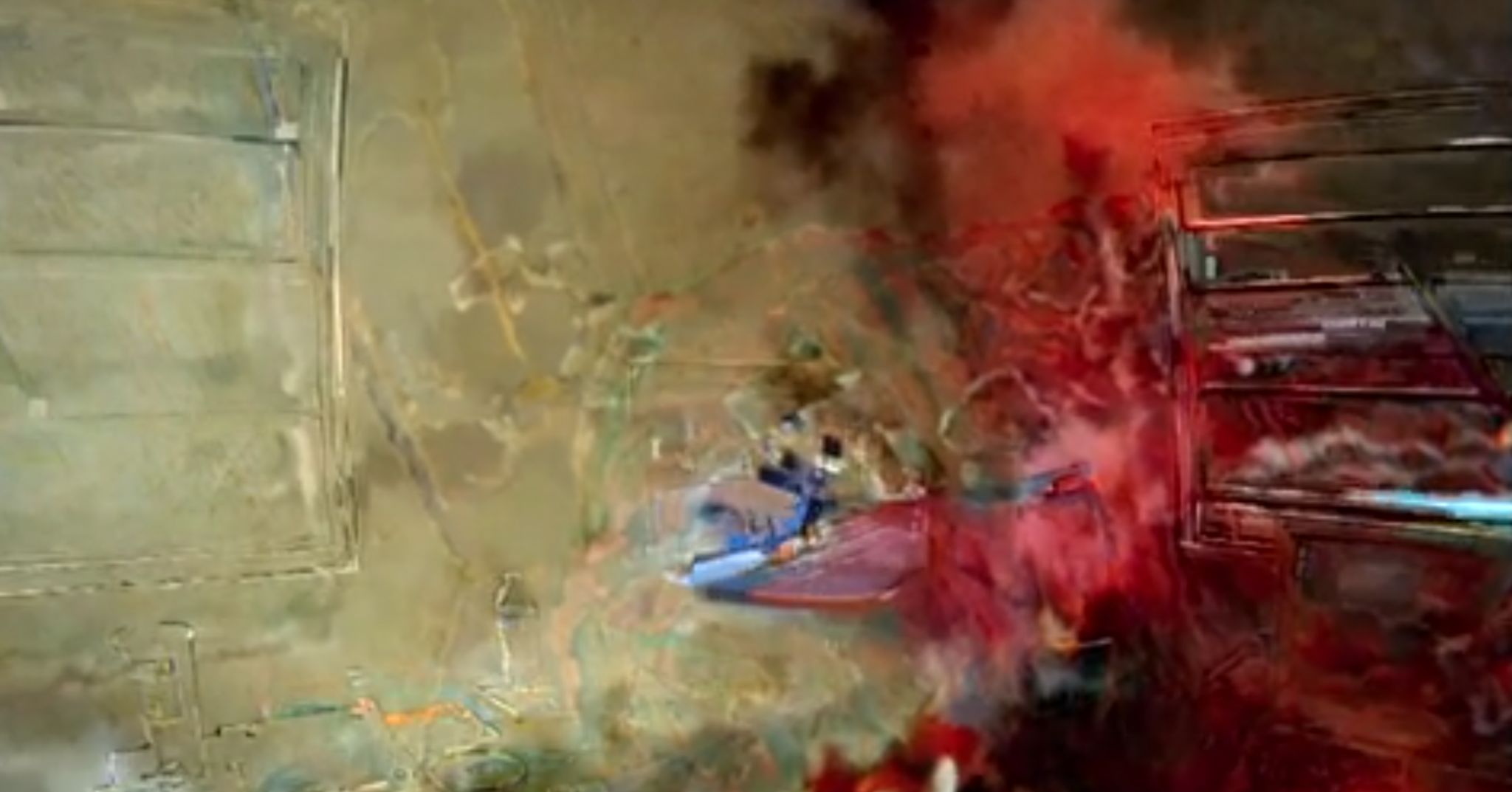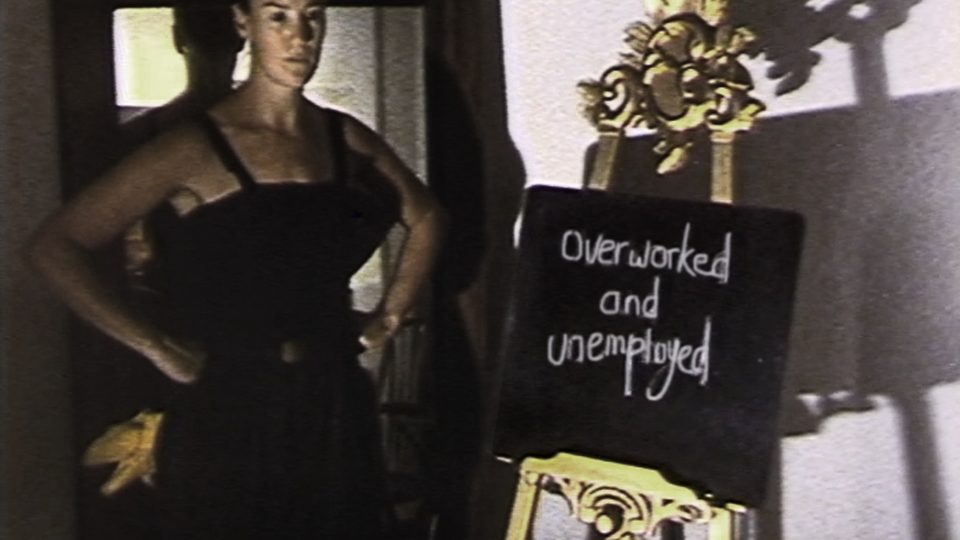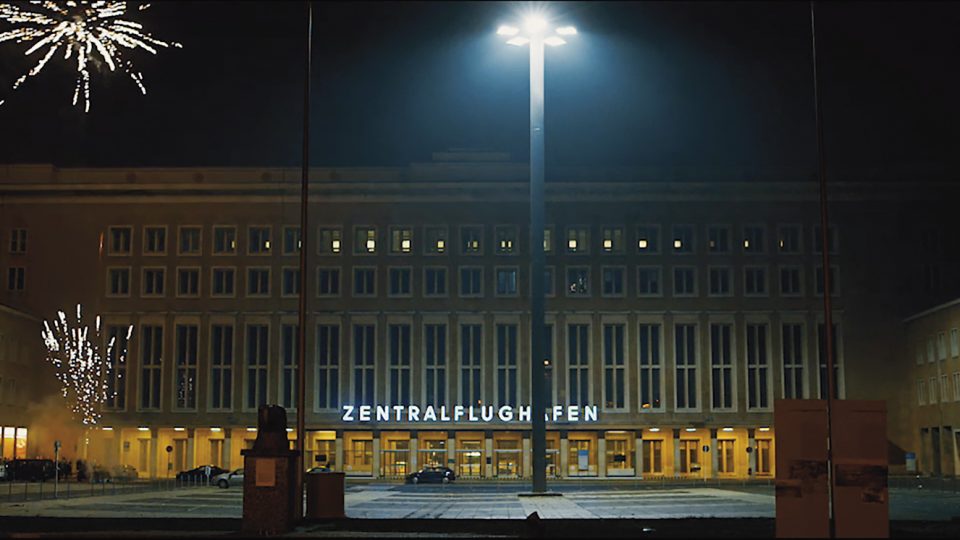
My critical writing moves fluidly between the moving image, visual arts and literature. Lyssaria now also features a regular roundup of essays I’ve published beyond this site on these various art forms.
Here is the roundup of my critical essays published in March & April, 2021, and where to find them:
The Salacious and Scholarly Poems of Yusef Komunyakaa, Hyperallergic
This month marks my first poetry book review, and I’m enormously grateful to the editor Albert Molina for welcoming this piece Hyperallergic’s Weekend Section.
The nimble verses of the Pulitzer Prize-winning poet Yusef Komunyakaa, a professor in New York University’s graduate creative writing program, brim with erudition. But Komunyakaa’s vast scholarly interests — ancient myths, historical figures and botanical studies — intersect with the mundane and vernacular. This diversity is evident in Komunyakaa’s new book, Everyday Mojo Songs of Earth: New and Collected Poems, 2001-2021, which features 12 recent poems, alongside selections from six previous books, plus “Requiem,”on Hurricane Katrina.
Born in 1947, Komunyakaa grew up in Louisiana. His childhood memories of the segregated South account for some of the book’s strongest poems. In “Our Side of the Creek,” violence punctures a bucolic scene of children playing, as the “Jim Crow birds sang … after a 12-gauge shotgun / sounded in the mossy woods.” While readying his sling in “Slingshot,” a boy “knows / his body is a compass, a cross,” an image that conflates hopefulness with sorrow and pain. The prose poem, “Shelter,” addresses racial violence directly: a young Black war veteran, falsely accused of rape at knife-point by his former sweetheart, is jailed and beaten by the mob; years later, his name is still “the answer to an unspeakable divination.” The poem’s biblical tone has a Faulknerian twang to it. (The 1932 novel Light in August certainly comes to mind.)
More Than Human: Flaherty NYC 2021, Reverse Shot
An essay in which I consider the writing of the African-American poet Fred Moten, particularly his essay, “To Feel, To Feel More, To Feel More Than” and the Flaherty NYC film program that borrows its title from Moten, to address what it means to be human in our postmodern world.
While the uncanny, technological pulsations of films such as Bedford Cheese, Kink Retrograde, or Core Dump make them seem far from the realm of mythical ghost stories, there is nevertheless a strong sense that even in these postmodernist films, within materialist junk, eco waste and technology-spawned psychoses, some human remainder nevertheless survives.
Ana Mazzei, Artforum, my review of the show by the Brazilian contemporary artist Ana Mazzei
While Mazzei borrows fluidly from multiple traditions—from Duchampian readymades and Russian Constructivism to Arte Povera, Minimalism, and Neo-Concretism—she imbues this lineage with a sense of theatricality and earthy sensuality that’s all her own.
A Mesmerizing Yet Frustrating Portrayal of Film Industry Exploitation, Hyperallergic, a review of Midi Z’s new film, Nina Wu
A topically urgent mea culpa, “Nina Wu” stops short of lifting the veil on the collective complacency that enables abuse against women in the film industry.
Beatriz Milhazes’ Lively Abstractions, Hyperallergic, a review of the major retrospective of the Brazilian contemporary artist Beatriz Milhazes
“‘Avenida Paulista,’ Milhazes’s largest survey to date, offers an engrossing overview of how the artist cross-pollinates painting and printmaking.”
Roundup of Berlinale 2021, MUBI Notebook:
Lê Bảo’s debut feature, Taste, is a stark marvel of oblique storytelling and some pretty wondrous imagery.
Radu Jude’s Bad Luck Banging or Loony Porn
Radu Jude has such a wondrous appetite for political incorrectness, it’s no surprise that his latest film, Bad Luck Banging or Loony Porn, is a scathing parodic caper.
Céline Sciamman’s Petite Maman
Magic, dream, time travel—whatever it might be, Sciamma seems to be interested in themes that are more elusive than her prior ardent explorations of burgeoning self-identity and sexuality.
Print only:
Introduction to the Berlinale 2021 roundup, plusReview of Verdict, Sight & Sound, May 2021 issue

